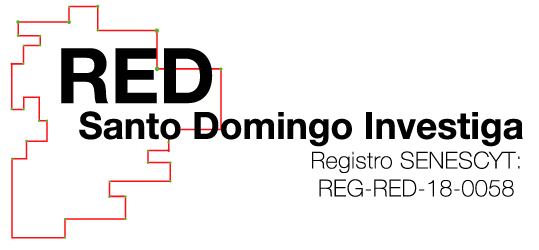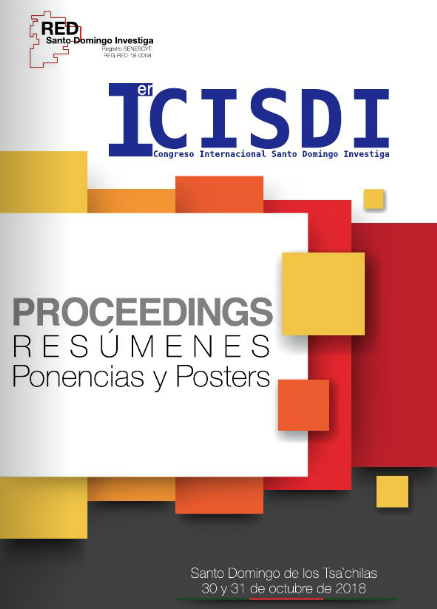RESUMEN
En el presente trabajo de investigación se evaluó el efecto de cuatro diferentes pesos de cormo (120 g, 240 g, 360 g y 480 g ) en la capacidad de brote, diámetro y altura del banano, mediante un análisis de varianza dio como resultado, que en la capacidad de brote a la primera toma de datos (15 días) no fue significativo pero en la segunda (30 días), tercera (45 días), cuarta (60 días) y quinta (75 días) toma de datos obtuvo diferencia estadística entre tratamientos , lo cual se comprueba en la tabla 4 donde existe un p-valor de 0,024 siendo menor al 5%, En lo referente a número de hojas y diámetro del tallo no se evidenció diferencia estadísticas en todas las tomas de datos, esto se debe a factores climáticos como luz, temperatura y humedad influyen en el comportamiento de la planta, En cuanto tiene que ver con el porcentaje de germinación y el desarrollo de las plantas (Altura) se ve influenciado por el peso inicial del cormo, debido a que el tratamiento cuatro con un peso de 480 g comparado con los demás tratamientos de menor peso 360 g, 240 g y 120 g, indica que a medida que aumenta el peso del cormo mayor será porcentaje de germinación y consecuentemente el desarrollo, con respecto a las variables número de hojas y diámetro de pseudotallo, estas no se ve influenciado por el peso del cormo sembrado, ya que en los tratamientos evaluados no existió diferencias estadísticamente significativa.. También se determinó que el tratamiento más viable desde el punto de vista económico es el tratamiento cuatro con un peso inicial de 480g, ya que, proyectado para el establecimiento en campo, este presentará mejor desarrollo y por ende menos gastos, en cambio con los demás tratamientos, el ciclo del cultivo sería más largo atribuyendo más gastos en jornales e insumos.
SUMMARY
In the present work of investigation the effect of four different weights of cormo (120 g, 240 g, 360 g and 480 g) in the capacity of outbreak, diameter and height of the banana was evaluated, by means of an analysis of variance it resulted, that in the outbreak capacity at the first data collection (15 days) was not significant but in the second (30 days), third (45 days), fourth (60 days) and fifth (75 days) data collection obtained statistical difference between treatments, which is checked in table 4 where there is a p-value of 0.024 being less than 5%. Regarding the number of leaves and diameter of the stem, no statistical difference was observed in all the data, this is due to climatic factors such as light, temperature and humidity influence the behavior of the plant, as it has to do with the percentage of germination and the development of the plants (height) is influenced by the initial weight of the corm, because the treatment four c On a weight of 480 g compared to the other treatments of less weight 360 g, 240 g and 120 g, it indicates that as the weight of the greater corm increases, it will be percentage of germination and consequently the development, with respect to the variables number of leaves and diameter of pseudostem, these are not influenced by the weight of the sown corm, since in the evaluated treatments there were no statistically significant differences .. It was also determined that the most viable treatment from the economic point of view is the four treatment with a Initial weight of 480g, since, projected for the establishment in the field, this will present better development and therefore less expenses, in contrast with the other treatments, the cycle of the crop would be longer attributing more expenses in wages and supplies.




